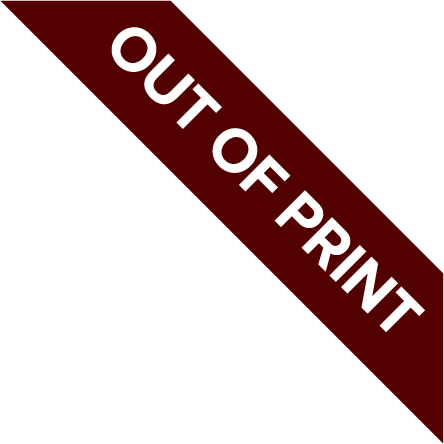
The design of a house always represents a sort of research project. Intense, for the familiarity we have with the program. Unique, for the specificity and peculiarity of each situation. Indeed, the house is the program we are most familiar with. Starting from well-defined constraints and possibilities, each house materializes through construction, defining its own function and appearance. Therefore, the question of materiality becomes crucial, as it defines a boundary, a well-defined field of forces, a new centrality. Almost as a way of underlining the experimental role the program and the design of single family houses have in our particular design research and, at the same time, in contemporary architectural debate, this book by Francesco Cacciatore gathers the main single family house designs we have developed since the late Nineties.
(Manuel Aires Mateus)
by the same author